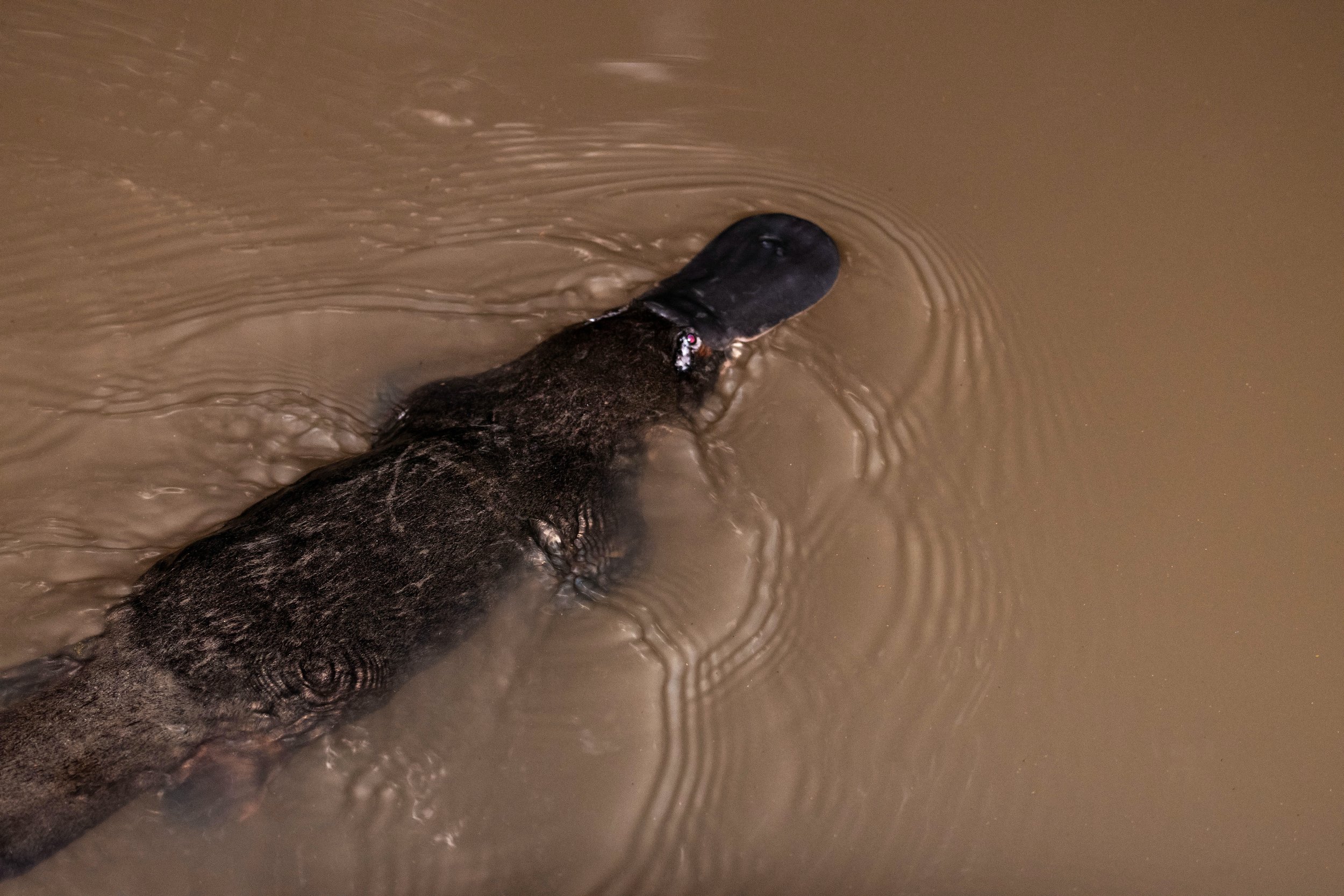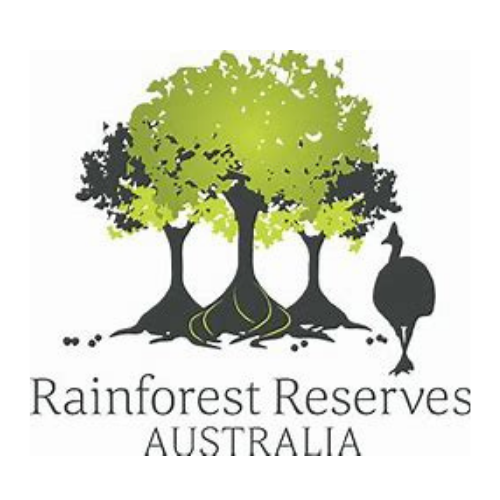
Borumba Pumped Hydro (proposed)
Status: Proposed, State and Federal environmental approvals currently being sought.
Location: Lake Borumba, located in Imbil, west of the Sunshine Coast, South East Queensland.
Documents: in the EPBC Portal here , website here.
Project ‘footprint’: an estimated 1,500ha and is within a Project Area that is approximately 5,235ha.
The Project is located across 53 properties, several road reserves and watercourses. The Project Footprint is contained within the following land tenure:
33 freehold parcels
9 National Park parcels
5 Reserve parcels
2 State forest parcels
2 Lands lease parcels
2 State land parcels (unallocated State land).
Queensland Hydro own approximately 2,364ha of land south-west of Lake Borumba that is reserved for pumped storage hydro development.
Project description: The Project is a large-scale, long-duration Pumped Hydro Energy Storage project.
The project will expand the existing Lake Borumba (lower reservoir) and connect it via twin water tunnels to a new reservoir (upper reservoir) and underground power station.
It will involve:
Lower reservoir – construction and operation of a dam immediately downstream (approximately 300m) of the existing Borumba dam, increasing the storage capacity of Lake Borumba (lower reservoir) from approximately to 224GL and the inundation area from 1,243ha.
Upper reservoir – construction and operation of a main dam, a primary saddle dam and four secondary saddle dams to establish a new reservoir with a storage capacity of 70GL and an inundation area of 355ha.
Underground components – construction and operation of water tunnels, the pump turbine cavern, transformer cavern, and all associated equipment (powerhouse), the access tunnel, and emergency, cable and ventilation tunnel.
Supporting infrastructure – construction and operation of the switchyard platform where energy generated will be transmitted to Powerlink's electricity network, an operating pad with surface portals for the access and cable tunnels, and access roads and bridges, water treatment, waste management, power and telecommunications. Construction and maintenance of public recreational facilities.
Temporary infrastructure for construction – construction, operation, decommissioning and rehabilitation for the Main Works.
Construction camps and quarries and/or borrow pits, plants, laydown areas, site offices and workshops, construction water infrastructure, on-site haul roads, and spoil and stockpile areas
Threatened fauna known to occur:
Glossy black-cockatoo (South-Eastern) (Calyptorhynchus lathami lathami) - Vulnerable
Brown treecreeper (south-eastern) (Climacteris picumnus victoriae) - Vulnerable
White-throated needletail (Climacteris picumnus victoriae) - Vulnerable
Black-breasted button-quail (Turnix melanogaster) - Vulnerable
Australian lungfish, Queensland lungfish (Neoceratodus forsteri) - Vulnerable
Mary River cod (Maccullochella mariensis) - Endangered
Greater glider (southern and central) (Petauroides volans) - Endangered
Yellow-bellied glider (south-eastern) (Petaurus australis australis) - Vulnerable
Koala (Combined pop. of QLD, NSW, ACT) (Phascolarctos cinereus) - Endangered
Long-nosed potoroo (northern) (Potorous tridactylus tridactylus) - Vulnerable
Grey-headed flying-fox (Pteropus poliocephalus) - Vulnerable
Mary River turtle, Mary River tortoise (Elusor macrurus) - Endangered
Southern snapping turtle, white-throated snapping turtle (Elseya albagula) - Critically Endangered
Platypus are known to live in streams nearby
Moderate Likelihood of Occurring:
Spotted-tail quoll (Dasyurus maculatus maculatus) - Endangered
Listed migratory species
Known to Occur:
Black-faced monarch (Monarcha melanopsis) - Migratory
Osprey (Pandion haliaetus) - Migratory
Rufous fantail (Rhipidura rufifrons) - Migratory
Spectacled monarch (Monarcha trivirgatus) - Migratory
High Likelihood of Occurring:
Fork-tailed swift (Apus pacificus) - Migratory
Oriental cuckoo (Cuculus optatus) - Migratory
Satin flycatcher (Myiagra cyanoleuca) - Migratory
Latham's Snipe (Gallinago hardwickii) - Migratory
Threatened flora known to occur:
Three-leaved bosistoa (Bosistoa transversa) - Vulnerable
Ball nut (Floydia praealta) - Vulnerable
Coleus omissus - Endangered
Silver coleus (Coleus torrenticola) - Endangered
Scrub turpentine (Rhodamnia rubescens) - Critically Endangered
Brush sophora (Sophora fraseri) - Vulnerable
High likelihood of occurring:
Austral Toadflax (Thesium australe) - Vulnerable
Moderate Likelihood of Occurring:
Small-Fruited Queensland Nut (Macadamia ternifolia) - Vulnerable
Macadamia Nut (Macadamia integrifolia) - Vulnerable
Native guava (Rhodomyrtus psidioides) - Critically endangered
Hairy-Joint Grass (Arthraxon hispidus) - Vulnerable
Media Coverage:
ABC 20.11.24: https://www.abc.net.au/news/2024-11-20/borumba-pumped-hydro-environment-concerns/104602104





